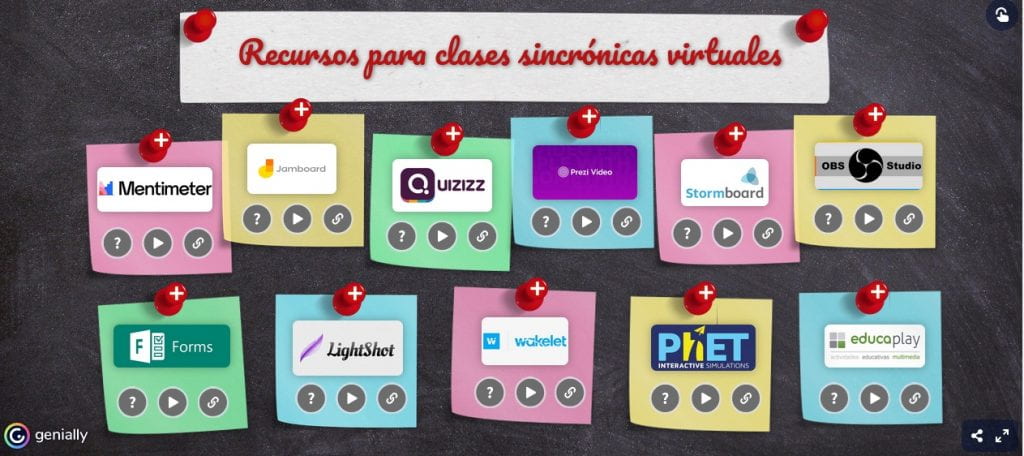Something with extensive research on it and based on more then 200 years experimental findings can be summarized on these principles (Merrill, 2007):
- Task centered approach;
- Activation principle (prior knowledge);
- Demonstration Principle;
- Application Principle;
- Integration Principle;
This can be more concrete: prepare pupils to be ready; present the new lesson; associate it with prior knowledge; use examples; test pupils to ensure they learn it;
4C/ID is one of instructional blueprints that facilitate the integration of those principles.
For multimedia learning, you can have this concrete sets of guidance lighthouses:
- Students learn better from words + pictures presented simultaneously than just words or picture and words in successively different pages;
- Extraneous materials should be excluded;
- Animation + narration is better then narration + on-screen text;
- Design effects are stronger for low-knowledge learners then for high-knowledge learners, and for high-spatial learners;
But if you want to start with small but efficient principles, follow the minimalist van Meij, 1998 proposal:
- Provide an immediate opportunity to act;
- Select real tasks for the learning activities;
- Verify if the tasks are consistent with the overall task;
- Prevent mistakes;
- Provide error information;
- Be brief;
- Provide a closure for chapters;
- Respect the user;
- On the spot error info
- Encourage exploration and innovation.
sources: Prescriptive Principles for Instructional Design, MERRIL; BARCLAY; SCHAAK; p.173, Handbook of Research on Educational Communications and Technlogy, third edition, 2011
Merril 2007:
https://mdavidmerrill.files.wordpress.com/2019/04/task_centered_strategy_published.pdf
https://mdavidmerrill.files.wordpress.com/2019/04/firstprinciplessynthesis.pdf

